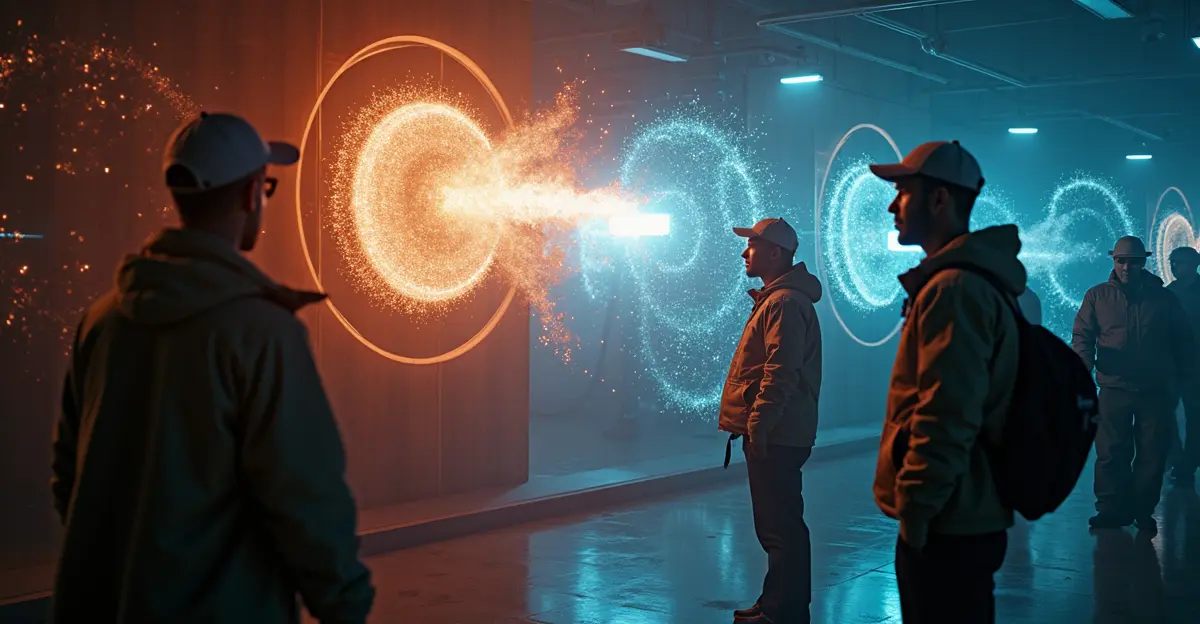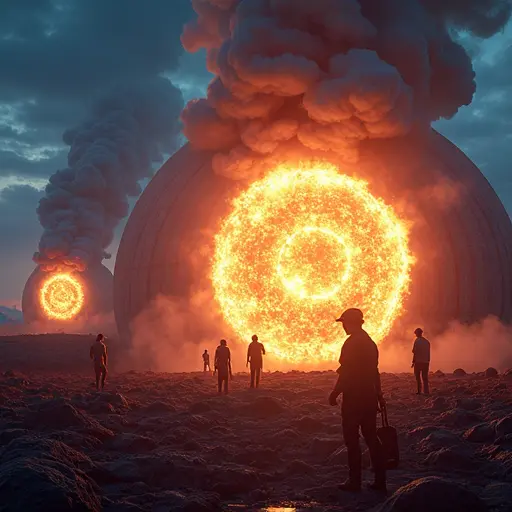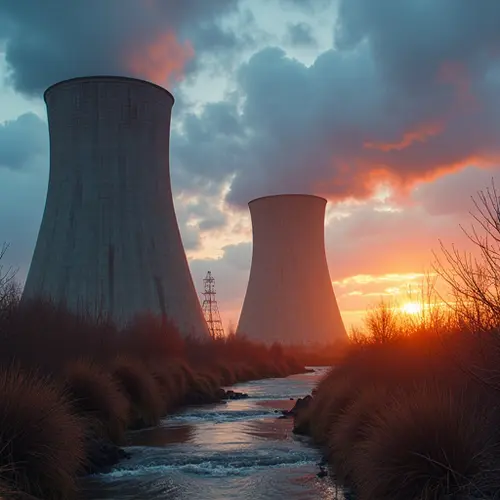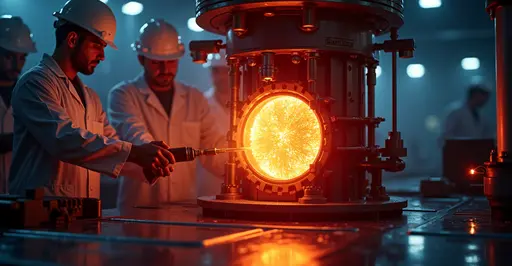
The Fusion Energy Revolution
The race to commercialize fusion energy has reached unprecedented momentum as multiple startups compete to deliver the world's first commercially viable fusion power plants. With billions in private funding and major technological breakthroughs, 2025 is shaping up to be a pivotal year for the fusion industry.
Leading Contenders in the Fusion Race
Commonwealth Fusion Systems (CFS), spun out from MIT, has emerged as one of the most promising players. Their SPARC tokamak project utilizes revolutionary high-temperature superconducting magnets capable of generating 20 Tesla magnetic fields. In a landmark development, Google recently signed the first corporate power purchase agreement with CFS for 200 megawatts from their planned ARC plant in Virginia, targeting early 2030s operation.
Helion Energy made headlines in 2023 with their agreement to supply Microsoft with 50 MWe starting in 2028 - the first commercial fusion energy agreement. Their magneto-inertial fusion technology uses a linear system with pulsed magnetic compression, differing from traditional tokamak designs. Helion also partnered with Nucor Corporation to develop a 500 MWe fusion plant at a steel manufacturing facility by 2030.
Alternative Approaches and Technologies
TAE Technologies (formerly Tri Alpha Energy) is pursuing aneutronic fusion using hydrogen-boron fuel in their advanced beam-driven field-reversed configuration. With over $1.2 billion in funding and recent investments from Google, TAE aims to manufacture a prototype commercial reactor by 2030. Their technology produces minimal radioactive waste and could represent a cleaner fusion alternative.
General Fusion, based in Canada, is developing magnetized target fusion technology that injects plasma into spinning liquid metal and compresses it with steam-driven pistons. Their Lawson Machine 26 (LM26) demonstration machine aims to achieve fusion conditions of over 100 million degrees Celsius by 2025 and progress toward scientific breakeven by 2026.
Investment and Market Momentum
The fusion industry has seen explosive growth in private investment, with total funding exceeding $6 billion across more than 30 companies globally. Major investors include Bill Gates's Breakthrough Energy Ventures, Google, Microsoft, Eni, and various sovereign wealth funds. The U.S. Department of Energy's Milestone-Based Fusion Development Program has also provided significant government support.
Technical Challenges and Timelines
Despite rapid progress, significant technical hurdles remain. Achieving net energy gain (where more energy is produced than consumed) has been demonstrated experimentally but scaling this to commercial power plants presents engineering challenges. Materials science, plasma stability, and heat management are among the key areas requiring continued innovation.
Most companies target commercial operation between 2028 and the early 2030s, though skeptics caution that fusion has historically been "30 years away" for decades. However, recent breakthroughs in superconductors, computing power for plasma simulation, and advanced materials have accelerated timelines considerably.
Global Impact and Potential
Successful commercialization of fusion energy could revolutionize global energy systems. Fusion offers virtually limitless clean energy with no carbon emissions, minimal radioactive waste compared to fission, and enhanced safety characteristics. It could provide baseload power to complement intermittent renewables like solar and wind.
The fusion industry represents not just an energy transformation but also a massive economic opportunity. Early commercial plants could create thousands of high-tech jobs and position leading companies and countries at the forefront of the next energy revolution.

 Nederlands
Nederlands English
English Français
Français Deutsch
Deutsch Español
Español Português
Português







